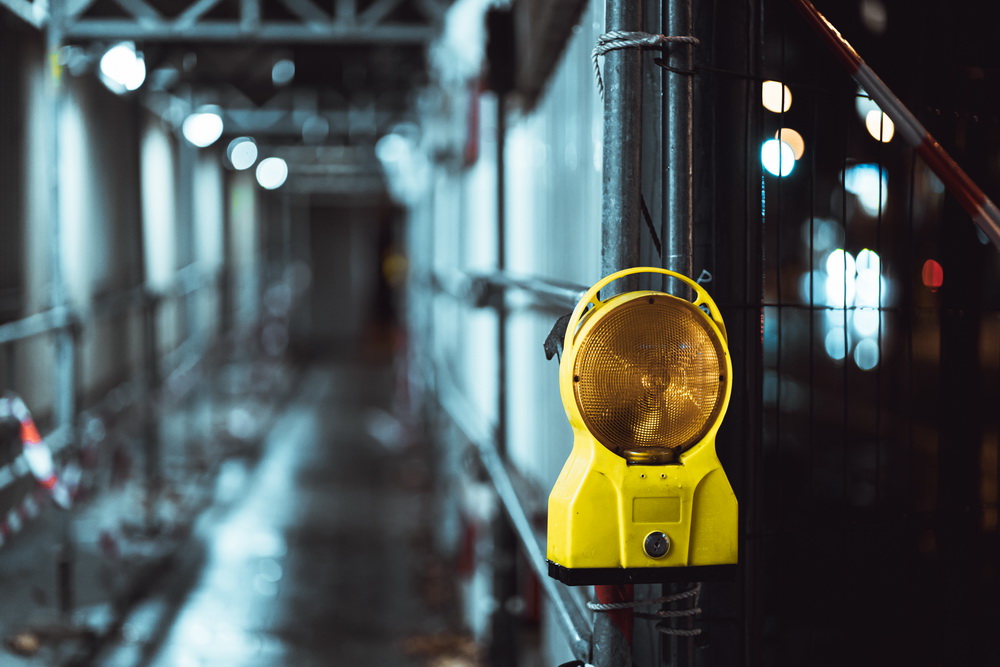Unexpected equipment failures in modern industries can lead to production disruptions, increased costs, and reduced efficiency. One effective solution is anomaly detection, a technology that uses historical and real-time data to identify abnormal patterns in system behavior. By detecting these irregularities early, industries can take preventive actions to avoid significant breakdowns.
This article discusses the significance of anomaly detection, its implementation methods, and its role in minimizing failures in industrial systems.
What Are Anomalies?
Anomalies are deviations from a system’s normal behavior that can signal potential problems or malfunctions. These deviations often manifest as sudden changes in parameters like:
- Temperature
- Pressure
- Vibrations
- Energy Consumption
Methods of Anomaly Detection
1. Predictive Modeling
This approach uses machine learning algorithms and historical data to forecast system behavior and identify deviations from expected patterns.
2. Time Series Analysis
Analyzing sensor data over time helps identify abnormal trends or fluctuations.
3. Anomaly Detection Algorithms
Techniques like neural networks, Support Vector Machines (SVM), and clustering methods are employed to detect unusual behaviors in system operations.
4. Real-Time Monitoring
Real-time monitoring systems analyze ongoing data streams and issue alerts when anomalies are detected, enabling immediate action.
Benefits of Anomaly Detection
1. Cost Reduction
Early detection of potential issues prevents major failures, significantly reducing repair and downtime costs.
2. Extended Equipment Lifespan
Identifying and addressing minor problems before they escalate helps prolong the life of machinery.
3. Improved Safety
Preventing sudden equipment failures enhances workplace safety by reducing the risk of accidents.
4. Increased Productivity
Minimizing unplanned downtime ensures smoother operations and higher overall productivity.
Applications of Anomaly Detection
1. Manufacturing
Anomaly detection in production lines prevents machinery breakdowns, ensuring seamless operations.
2. Oil and Gas
Advanced monitoring systems identify leaks, pressure drops, or equipment failures in refineries and pipelines.
3. Energy Facilities
Detecting anomalies in turbines, generators, and energy transmission systems is critical for maintaining operational efficiency in power plants.
4. Transportation
Monitoring systems in railways and aviation detect irregularities in equipment performance, helping prevent serious incidents.
Challenges of Implementing Anomaly Detection
1. Data Quality
Incomplete or inaccurate data can compromise the reliability of anomaly detection systems.
2. System Complexity
In highly complex systems, precise anomaly detection requires advanced algorithms and significant computational power.
3. Skilled Workforce
Implementing and managing these systems necessitates trained and experienced personnel.
The Future of Anomaly Detection
The integration of technologies like Artificial Intelligence (AI), Machine Learning, and the Internet of Things (IoT) is advancing anomaly detection capabilities. Future systems will likely become fully automated, enabling predictive maintenance and minimizing equipment downtime.
Conclusion
Anomaly detection is a crucial tool for enhancing industrial efficiency, reducing costs, and ensuring operational safety. By investing in advanced detection systems, industries can prevent unexpected failures and optimize their processes.




